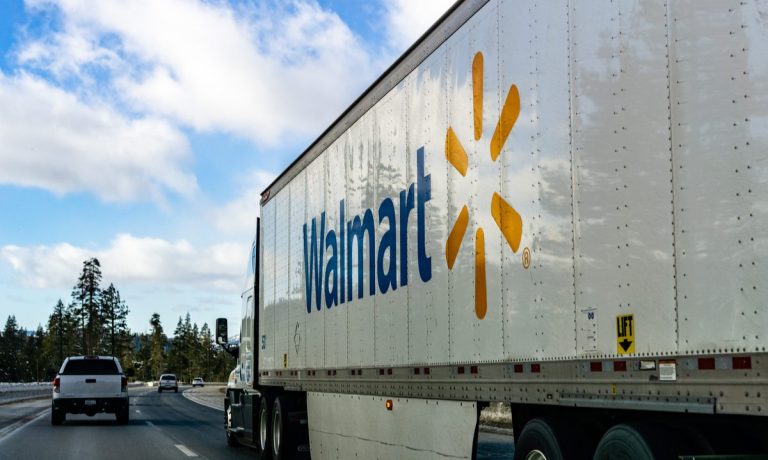Retailers Seek New Supply Chain Efficiencies to Offset Soaring Diesel

If you think the $100 hit from filling your tank with gasoline is bad, imagine how truck drivers and fleet operators feel when they face costs ranging from $700 to $1700 to fuel up a big rig with diesel.
This, as the government’s Energy Information Administration says the average cost of fuel for truckers has surged to a record high of $5.61 per gallon.
As much as the White House is mulling plans to ease the present price via a release of strategic reserves, moves like that are temporary and, at best, would only offer a partial rollback of the premium that’s baked into the price of moving pretty much everything.

As a result, retailers and other transport-reliant businesses have a renewed urgency to double-down on efficiency efforts wherever they can find them. It’s a trend that more times than not is resulting in deeper use of, and investment in, artificial intelligence (AI), robotics and advanced technologies to eke out savings from soaring supply chain and logistical costs.
“The need for accuracy and speed in the supply chain has never been more visible,” David Guggina, SVP of Innovation and Automation at Walmart U.S. said in a statement announcing the retailer’s expanded use of its AI-driven, robotic warehouse automation pact with Symbotic.
“We’re confident that now is the time to move even faster,” Guggina added, noting plans to scale a partnership launched 10-months ago to its entire, 42-location, regional distribution center network, which he said organizes and optimizes inventory, and helps Walmart get products to customers at its 4,700 U.S. stores quickly and seamlessly.
The end-to-end software-enabled high-density robotics platform plays a strategic role in supporting the retailer’s goal of modernizing its vast supply chain network and allows Walmart to transform its regional distribution centers to provide faster responsiveness to store orders, increased inventory accuracy and higher capacity for receiving and shipping freight to stores.
The technology’s ability to build palletized loads of department-sorted inventory ultimately enables Walmart to get products onto shelves at its more than 4,700 stores more quickly, while also making one of the toughest aspects of supply chain work — material handling — safer and simpler.
A Basket of Benefits
The move comes at a time when rising fuel and freight costs are wreaking havoc on the bottom lines of retailers and has seen the issue referenced no less than 10 times in the past week alone via Walmart, Target, TJX, Ross Stores, Bath & Body Works and others.
With the help of a system consisting of over 250 patents, Symbotic said the benefits and efficiencies of warehouse automation technology are wide ranging and not only allow retailers to increase density but to pack “palletized loads of department-sorted inventory” more quickly, accurately and safely — while reducing costs.
“Modernizing the warehouse allows consumers to get what they need faster and creates benefits for everyone including workers, customers and their local communities,” Symbotic Chairman Rick Cohen said.
For retailers like Target, which also announced unexpectedly high costs and supply chain issues during its first quarter earnings release last week, CEO Brian Cornell talked about how price increases alone cannot fully solve the current cost problem.
“As you’ve clearly seen in recent quarters, overall costs have been rising much faster than retail prices resulting in year-over-year declines in our gross margin rates,” Cornell told investors. “While we’re not happy about the near-term pressure this causes on the profit line, we strongly believe these decisions will benefit our business over time,” he added, while describing an all-of-the-above approach to mitigating costs.
“Beyond this ongoing work to expand the upstream supply chain, we continue to add downstream capacity in our sortation centers, which increased speed and reduced the unit cost of last mile delivery,” Cornell said before highlighting the expansion and addition of more high efficiency sortation centers.